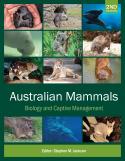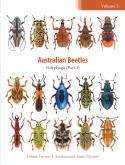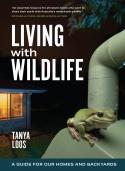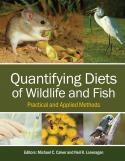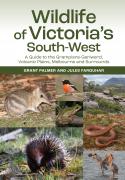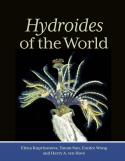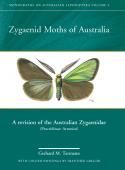The red kangaroo is at the heart of Australia's ecological identity. It is Australia's largest terrestrial land mammal, the largest extant marsupial, and the only kangaroo truly restricted to Australia's arid interior. Almost nothing was known about the ecology of the red kangaroo when Alan Newsome began to study it in 1957. He discovered how droughts affect reproduction, why red kangaroos favour different habitats during droughts from those after rains, and that unprecedented explosions in red kangaroo numbers were caused by changes to the landscape wrought by graziers. Most importantly, he realised the possibilities of enriching western science with Indigenous knowledge, a feat recognised today as one of the greatest achievements of his career.
First drafted in 1975 and now revised and prepared for publication by his son, The Red Kangaroo in Central Australia captures Alan's thoughts as a young ecologist working in Central Australia in the 1950s and 1960s. It will inspire a new generation of scientists to explore Australia's vast interior and study the extraordinary adaptations of its endemic mammals. It will also appeal to readers of other classics of Australian natural history, such as Francis Ratcliffe's Flying Fox and Drifting Sand and Harry Frith's The Mallee Fowl, The Bird that Builds an Incubator.
Recipient of a 2017 Whitley Awards Certificate of Commendation for Pioneering Zoology





